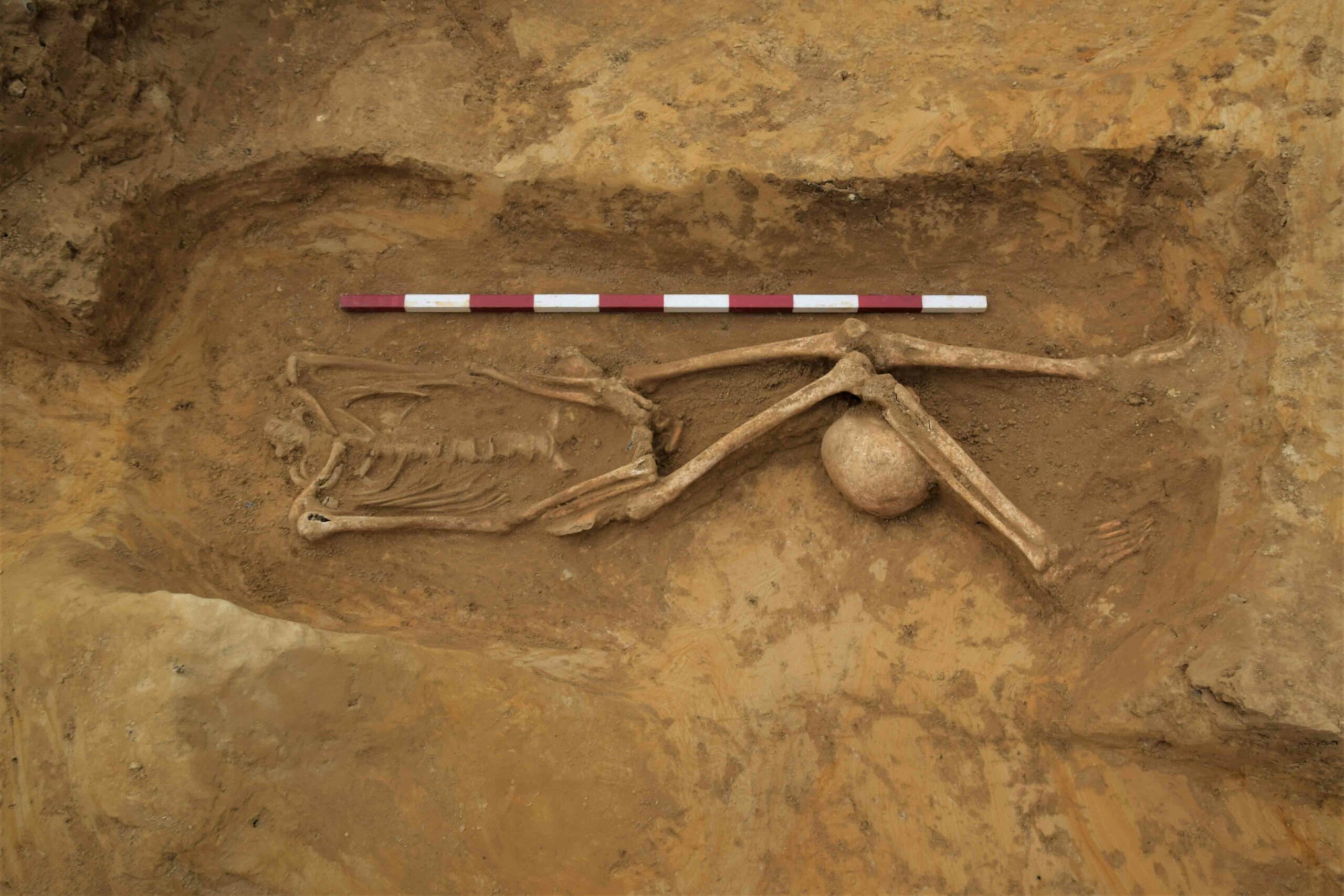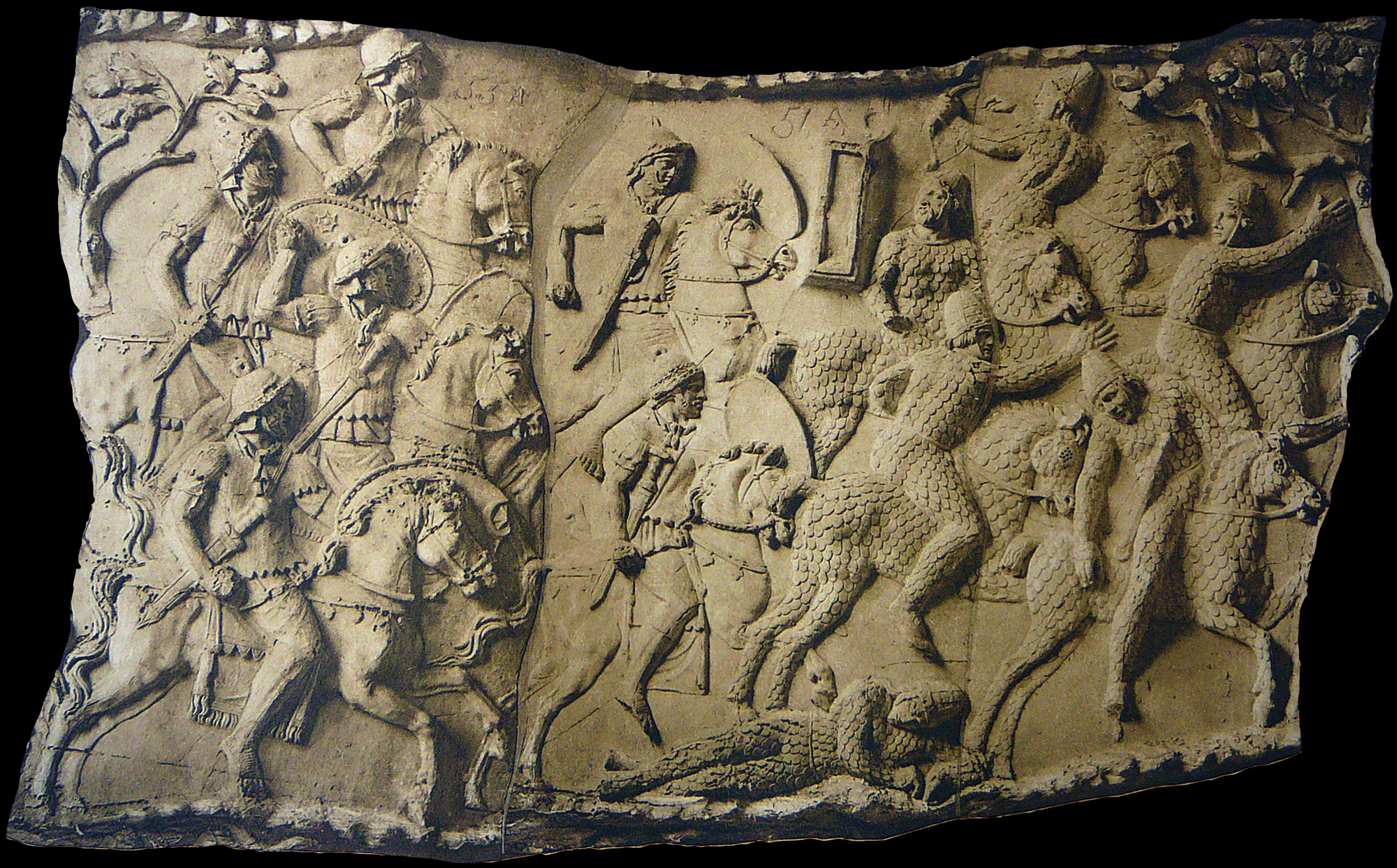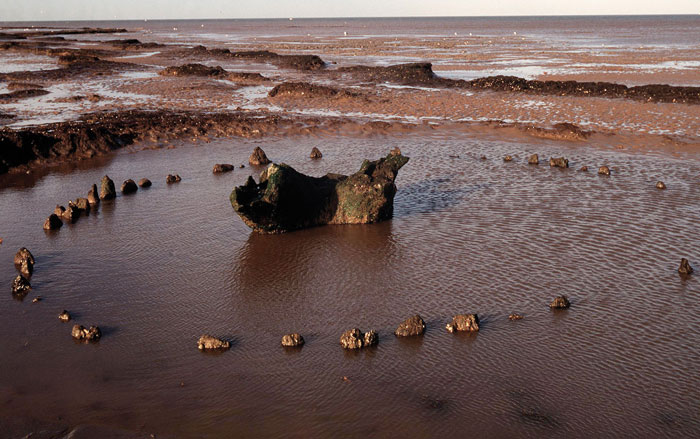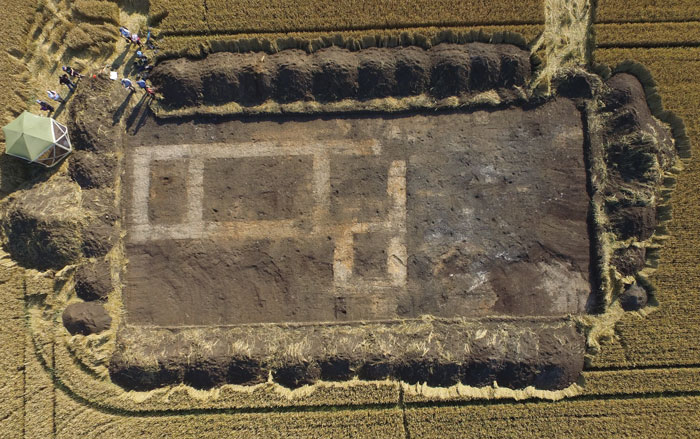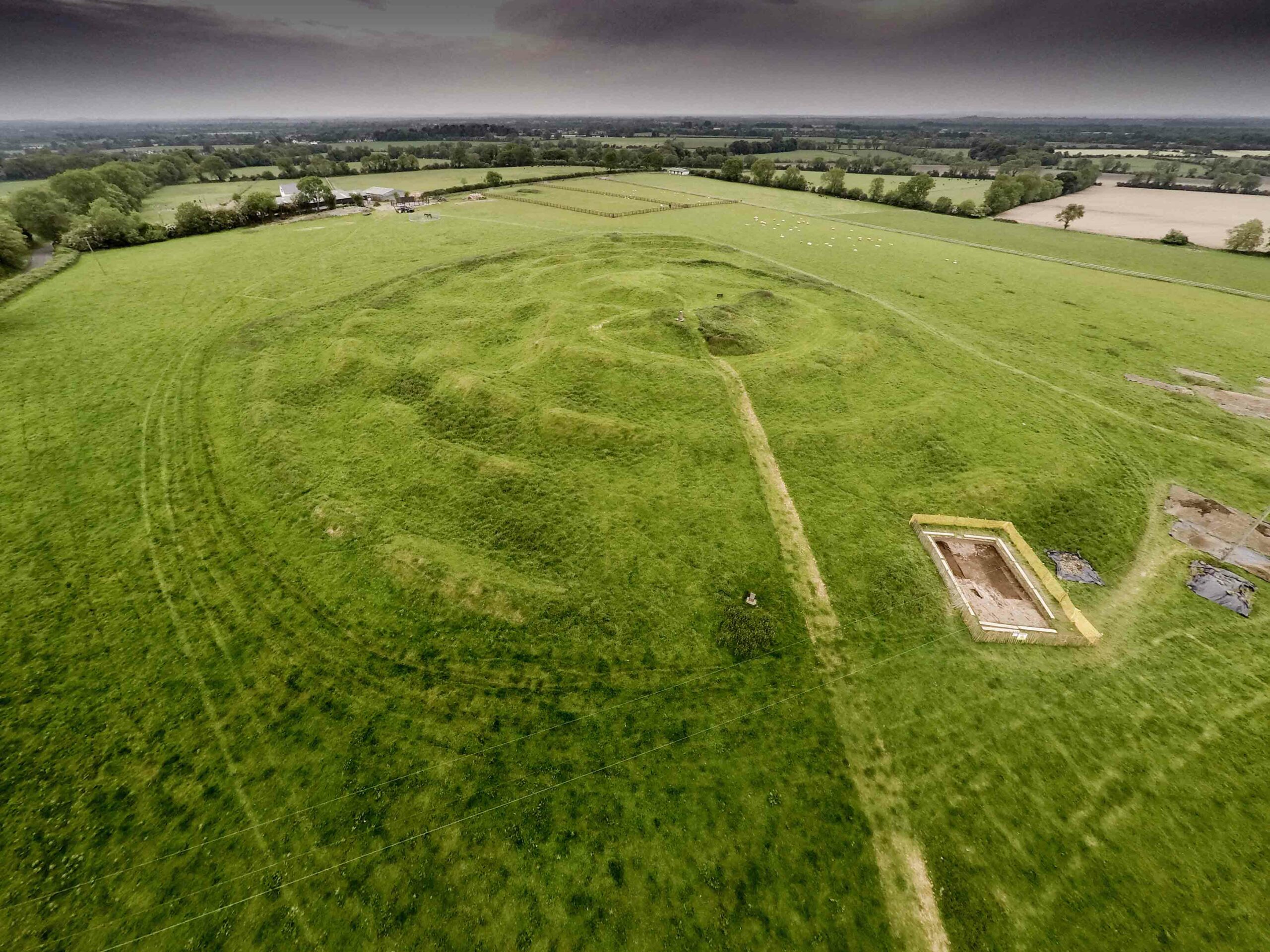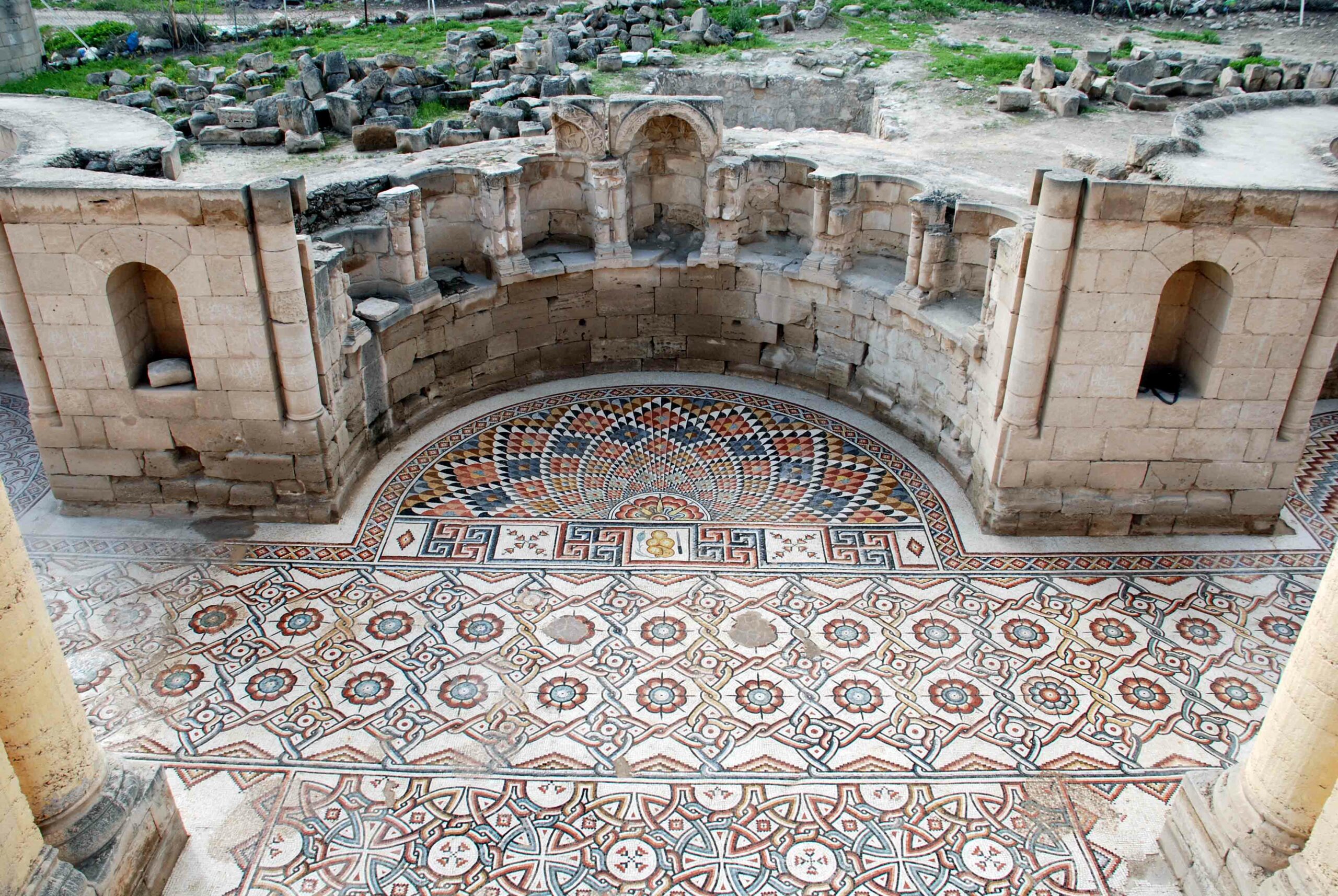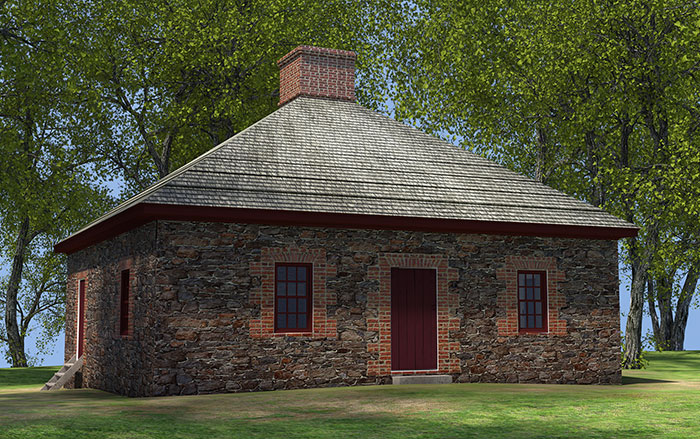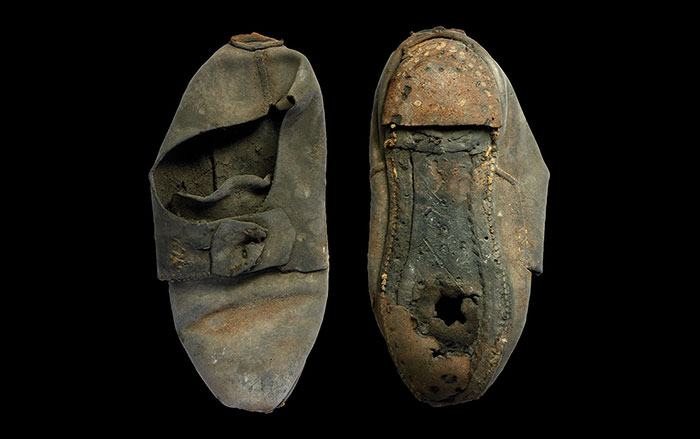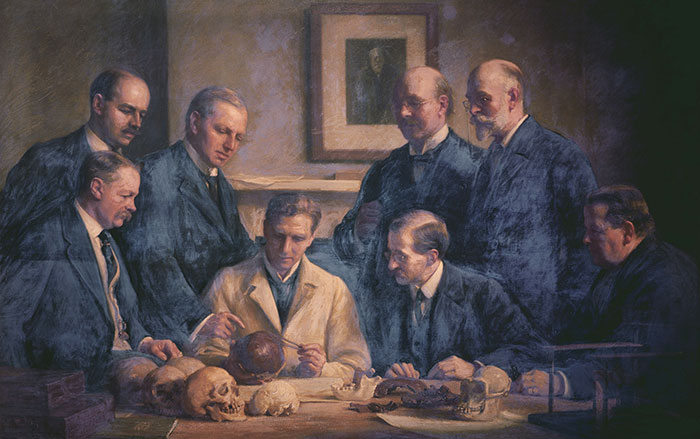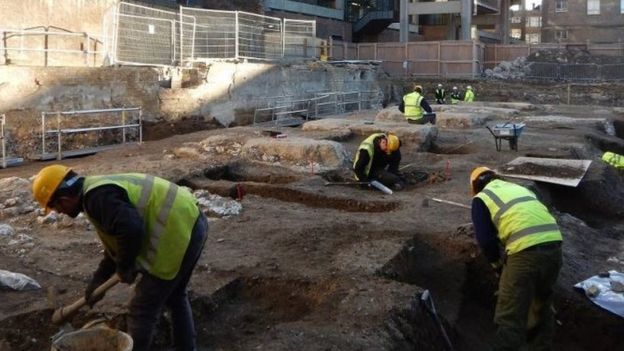
CAMBRIDGE, ENGLAND—BBC News reports that more than 25 skeletons have been uncovered in a section of the University of Cambridge including many of its science departments. The site had been home to an Augustinian friary that was founded in 1290. “They come in, they set up their friary and mark off an area as a cemetery and they start burying people in nice, neat rows,” said site director Craig Cessford of the Cambridge Archaeological Unit. After 100 to 150 years, the cemetery was full, and the friars reused the land multiple times in subsequent years, according to Cessford, until the friary was dissolved under Henry VIII in 1538. Later development on the site disturbed the bones, which are now being collected and processed for study by osteoarchaeologists. The excavation team expects to recover the remains of as many as 40 people from the cemetery before redevelopment of the site can begin. To read about a “magic shoe” that was discovered at the University of Cambridge, go to “Artifact.”


